From the first crackly calls to today’s mobile phones, the telephone has transformed our world. This versatile technology has saved lives, connected communities and inspired creativity.
Musicians, writers and artists from Mark Twain to Salvador Dali and Lady Gaga have used the telephone to explore ideas of intimacy, privacy and power.
Reflecting on the rise in voice and video calls during lockdown, a diverse group of artists have created new audio-visual art inspired by telephone technologies in the Science Museum Group Collection.
Commissioned for the Science Museum Group by Sarah Jackson during the COVID-19 pandemic, The Exchange (as this project is known) explores the role of the telephone in how we communicate across cultures.
It features art, poetry and spoken word by novelist and journalist Will Self, artist Maya Chowdhry, beatboxer Danny Ladwa, poets Lisa Kelly, Serge ♆ Neptune, Nadia Nadarajah and DL Williams, and sound artist Aura Satz.
Tone Transmissions by Aura Satz
Inspired by CB1 manual telephone exchange switchboard
Drawing inspiration from a manual switchboard used in Enfield Telephone Exchange and now part of the Science Museum Group Collection, this audio piece explores the relationship between telephony and electronic music.
Tone Transmissions incorporates excerpts from Radigue’s electronic work Kyema (Intermediate States) and acoustic works Occam I and Occam IV performed by Davies and Eckhardt. Sound mixing by M.J. Harding. Radigue’s words were recorded with the assistance of Sam Fakouhi.

Grandma’s House by Danny Ladwa
Inspired by the Post Office 746 telephone
Grandma’s House is an original piece written by beatbox artist Danny Ladwa and Pippo De Palma and performed by Danny Ladwa.
Inspired by a two-tone grey 1960s rotary dial telephone in the Science Museum Group Collection, the piece draws on Ladwa’s memories of his grandmother’s telephone.
Recalling the relationship between Ladwa’s childhood vocal stammer and his development as a professional beatboxer, Grandma’s House reflects on the connections between the voice, telephony and music.
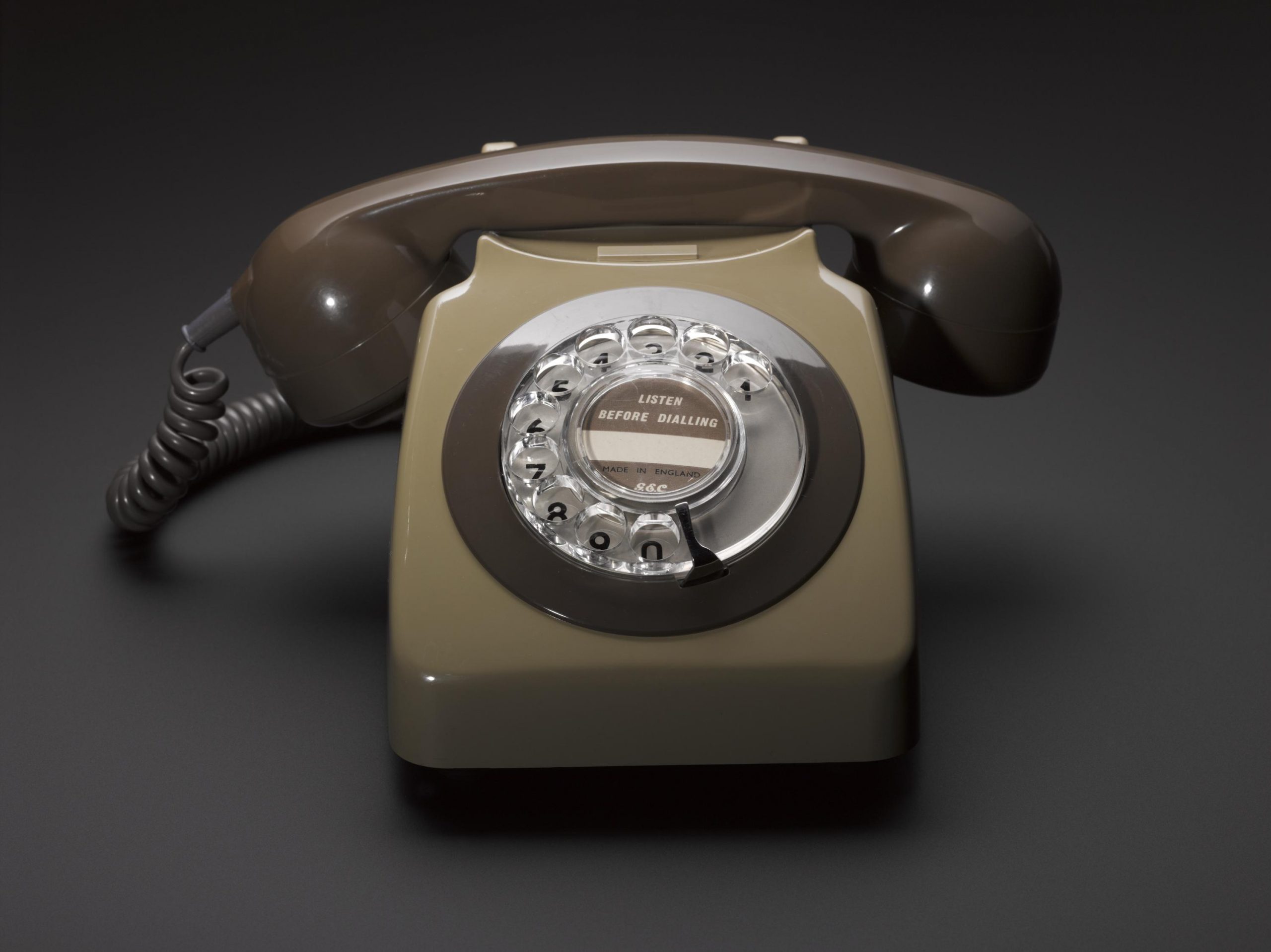
The House of the Interpreter by Lisa Kelly, Serge ♆ Neptune, Nadia Nadarajah and DL Williams
Inspired by Bell telephones
This collaborative poem was inspired by a pair of Bell telephones made by S. M. James in 1878. It explores the role of telephony in miscommunication, ways of listening and the marginalized voice. Reflecting on Alexander Graham Bell’s complex relationship with the d/Deaf experience, the poem considers alternative interpretations of the history of science and technology.
Drawing on the line ‘The House of the Interpreter’ from John Bunyan’s The Pilgrim’s Progress (1678), the poem explores the role of sign and interpretation for those who have been ignored, misheard or forced to speak a different language.
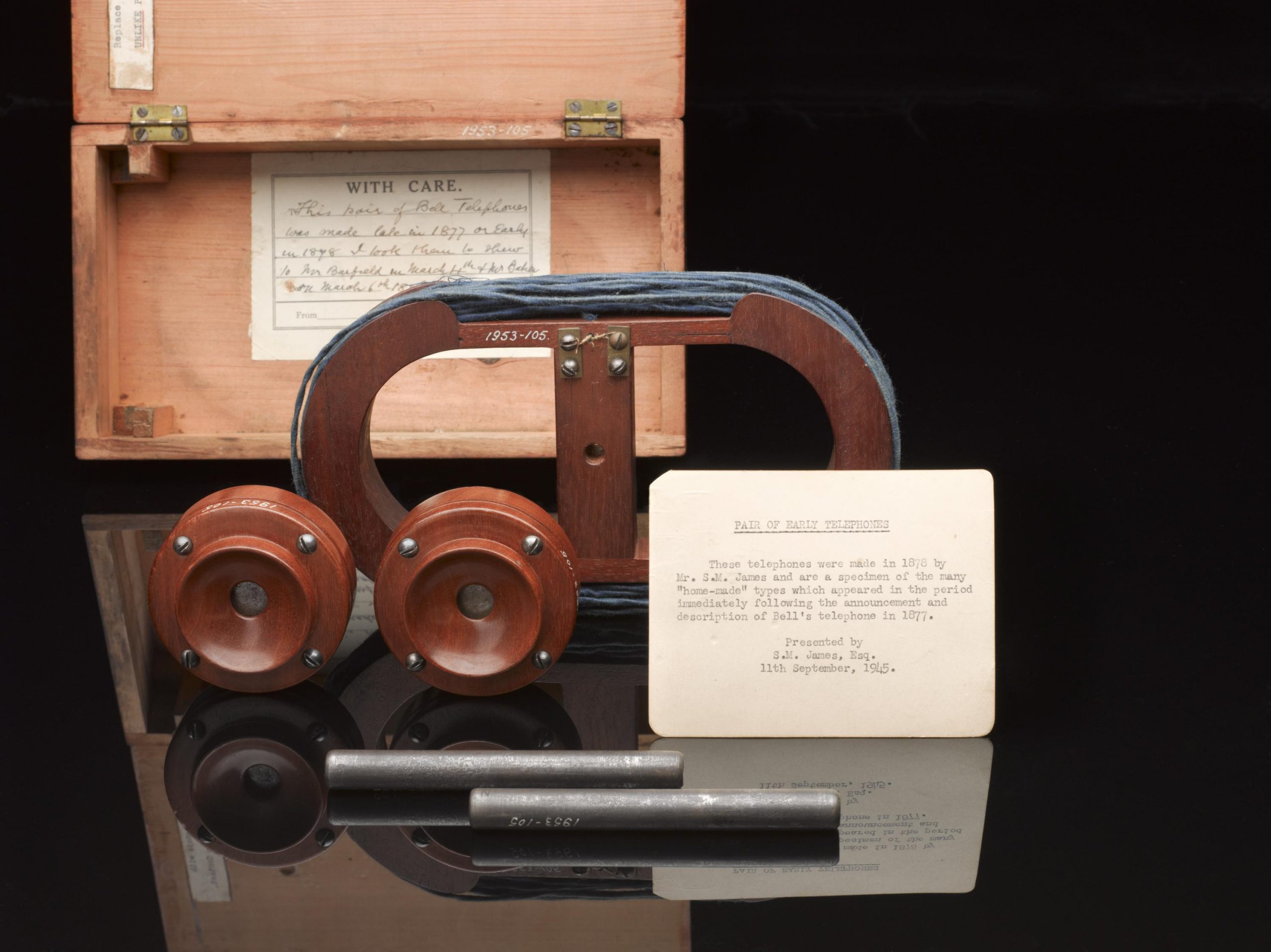
Soil voicemails and other trans-species calls by Maya Chowdhry
Inspired by the only surviving part of Rugby transatlantic telephone transmitter
This digital poem by artist Maya Chowdhry explores imagined communication between species: insects leaving ‘voicemail’ messages in the soil for other insects, humans creating computer-generated whistles to telephone dolphins and the parallel of telephone-tapping to eavesdropping by túngara frogs.
Inspired by the Rugby transatlantic telephone transmitter, this piece combines animation and poetry with the sounds of endangered animals, insects and birds. Using telephone concepts (such as the telephone exchange, call centre and party-line) the piece explores ways of engaging with the different species with whom we share our planet.
The full version of this interactive digital poem is available on this website. For the best experience please use the Google Chrome browser and wear headphones.
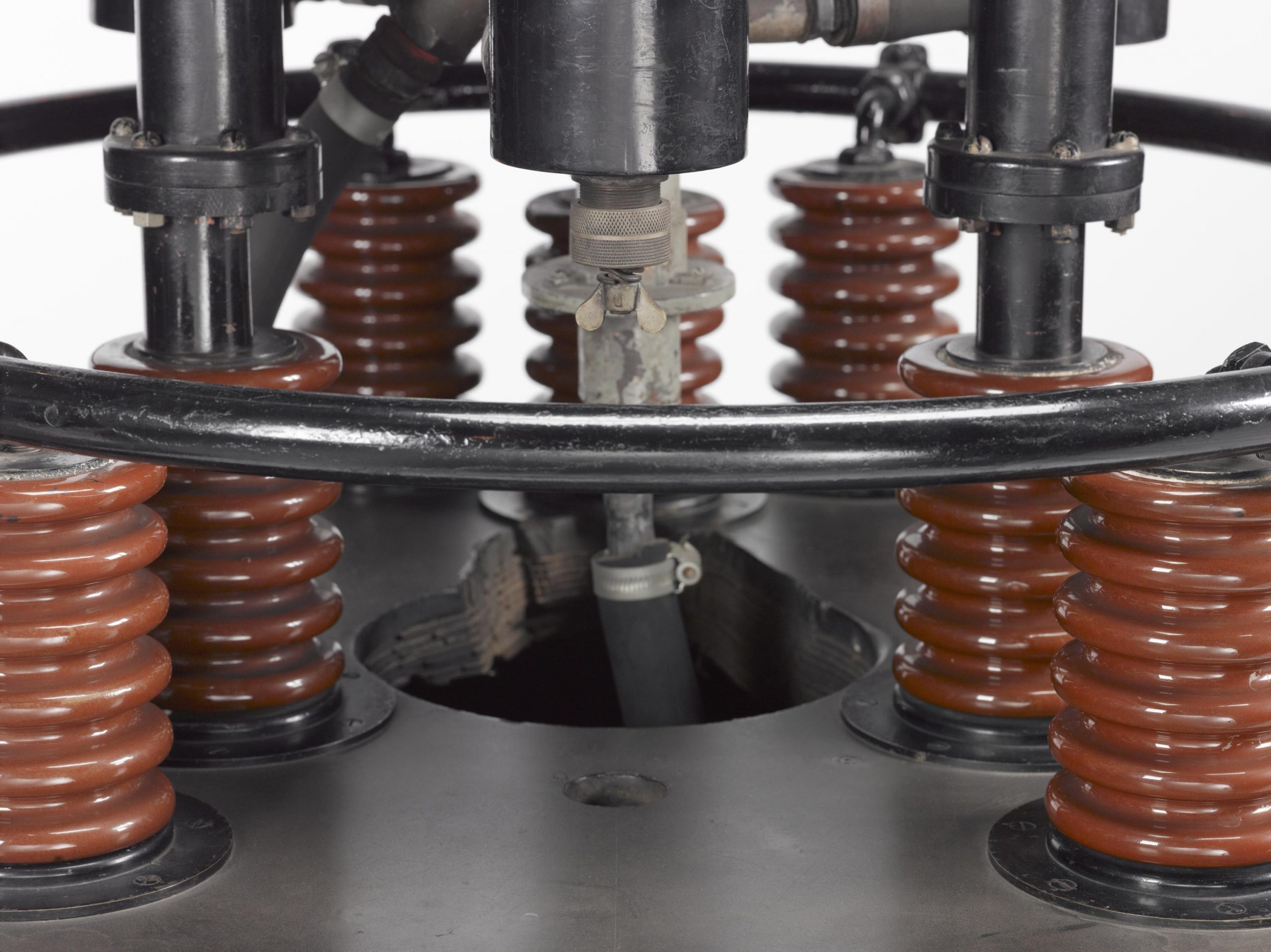
The Phone and Phone Booth Assemblage Considered as Mise en Abyme by Will Self
Inspired by the Post Office Telephone Kiosk No 6 (K6) and 706L Modern Phone
In this original essay, novelist Will Self explores the impact of the iconic K6 telephone box and the 706L Modern Phone on both public and private communication and examines how these technologies continue to shape our understanding of the world.
Reflecting on the strange intimacy of a phone call, Self considers the relationship between the human and the technological, addressing the implications of the mobile phone for what he calls the ‘man-machine matrix’.
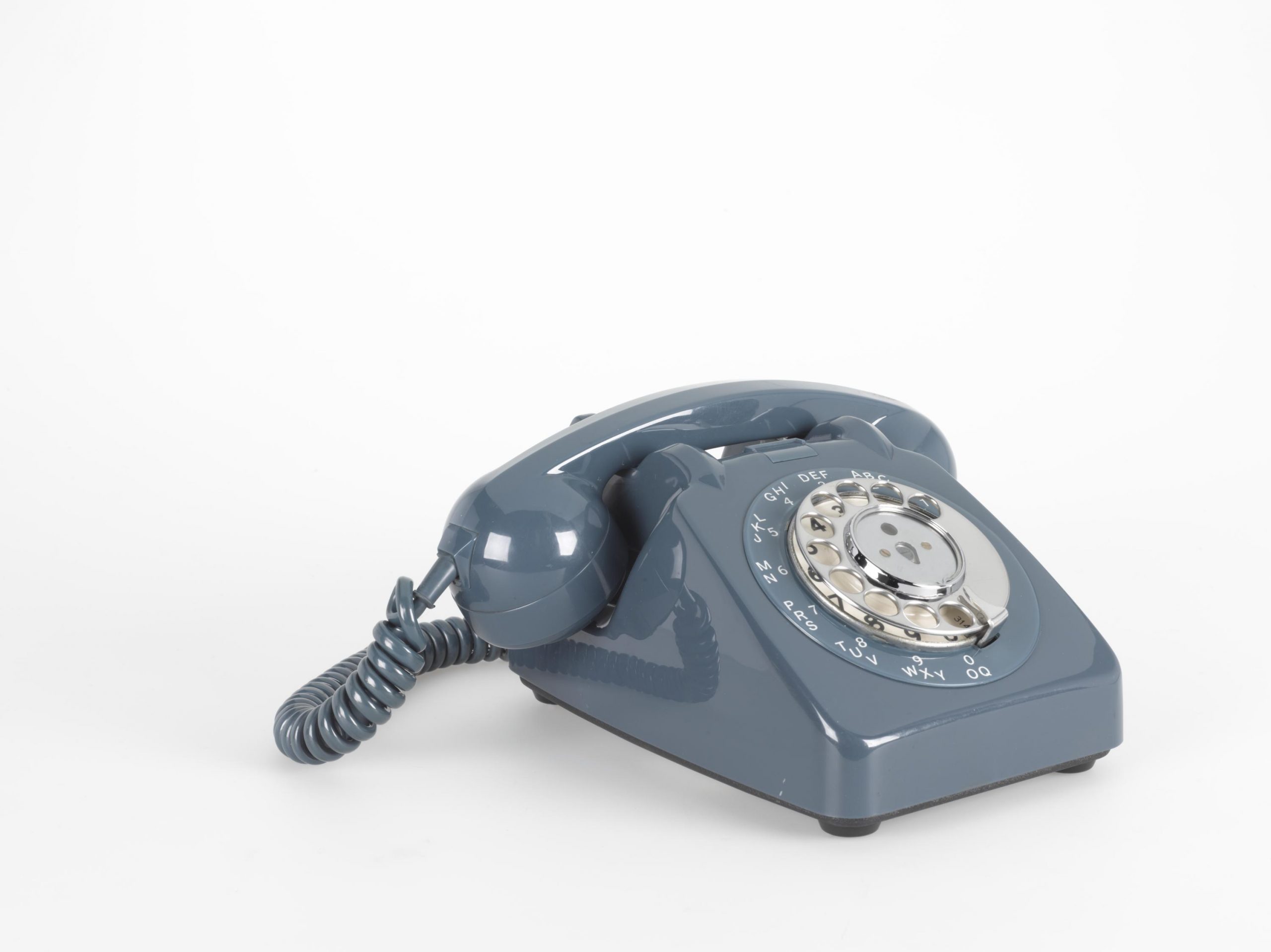
About the artists
Aura Satz – Tone Transmissions
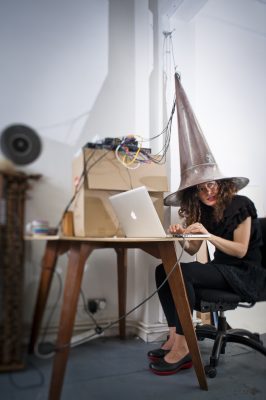
Aura Satz works in film, sound, performance and sculpture in order to conceptualise a distributed, expanded and shared notion of voice. Her solo exhibitions and performances include Fridman Gallery, New York (2018); Dallas Contemporary, Dallas (2016); John Hansard Gallery, Southampton (2015); Gallery 44, Toronto (2014); Tate Modern, London (2012); and Wellcome Collection, London (2010).
Her films have screened at multiple international film festivals and museums such as MoMA, New York, SFMOMA, San Francisco, Tate Britain and Whitechapel Gallery, London. In 2012, she was shortlisted for the Samsung Art+ Award and the Jarman Award. Satz has been a reader and tutor at the Royal College of Art since 2014.
Danny Ladwa – Grandma’s House

Danny Ladwa is a beatbox artist, vocalist, songwriter and founder of ‘School Of Beatbox’, a community outreach project supported by UnLtd.
A UK Beatbox Championship Finalist, he has collaborated with international award-winning artists and groups including Novelty Engine, Zulu Nation, Nou, Mo Pleasure, and Gaudi.
His debut solo album Unfolding was released in 2015.
Lisa Kelly, Serge ♆ Neptune, Nadia Nadarajah and DL Williams – The House of the Interpreter
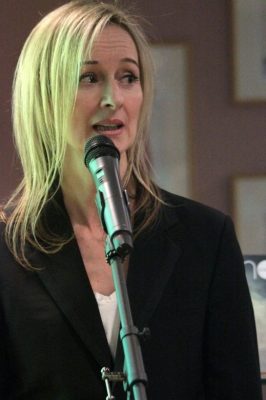 Lisa Kelly is a poet, editor and technology journalist. She has single-sided deafness from childhood mumps and is learning British Sign Language. She is on the board of Magma Poetry and co-edited the Conversation issue and the Deaf issue. Her first collection, A Map Towards Fluency, was published by Carcanet in 2019.
Lisa Kelly is a poet, editor and technology journalist. She has single-sided deafness from childhood mumps and is learning British Sign Language. She is on the board of Magma Poetry and co-edited the Conversation issue and the Deaf issue. Her first collection, A Map Towards Fluency, was published by Carcanet in 2019.
Her poems have appeared in Stairs and Whispers: D/deaf and Disabled Poets Write Back (Nine Arches Press) and Carcanet’s New Poetries VII. Her pamphlets are Philip Levine’s Good Ear (Stonewood Press) and Bloodhound (Hearing Eye).
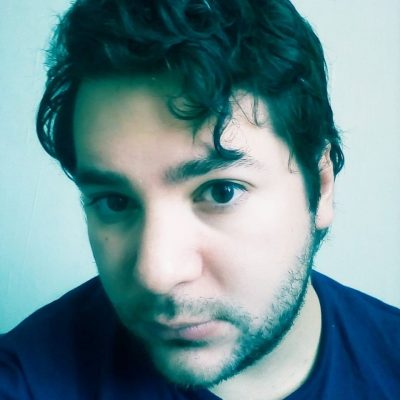 Serge ♆ Neptune has been called ‘the little merman of British poetry’.
Serge ♆ Neptune has been called ‘the little merman of British poetry’.
His work has appeared in whynow, Harana Poetry, Lighthouse, Banshee, Spontaneous Poetics, Brittle Star, Ink Sweat & Tears and Strange Poetry.
His first pamphlet These Queer Merboys was published with Broken Sleep in 2020.
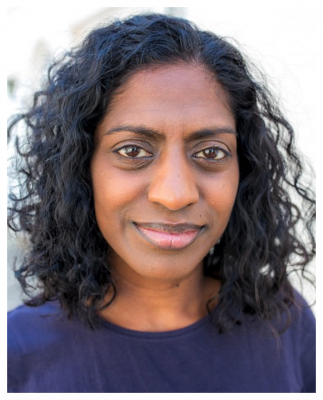 Nadia Nadarajah is an artist who creates and performs plays in British Sign Language.
Nadia Nadarajah is an artist who creates and performs plays in British Sign Language.
Born profoundly deaf, she is a Shakespeare’s Globe Associate Artist who has performed in As You Like It and Hamlet.
Recent performances elsewhere include Royal Court Theatre’s Midnight Movie (2019) and A Christmas Carol at Bristol Old Vic Theatre (2018).
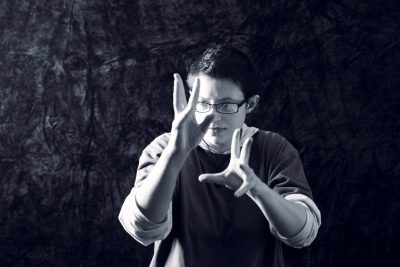 DL Williams is a deaf queer bilingual poet working with British Sign Language and English.
DL Williams is a deaf queer bilingual poet working with British Sign Language and English.
Bilingualism has inspired a deep interest in translation and how her work can be made accessible to signing and non-signing audiences.
She has performed around the UK including at the Edinburgh Fringe, the Southbank Centre and the Albert Hall, as well as in America and Brazil. Her work has appeared in Magma and Leaving: Award Winning Poetry by Hammond House Publishing.
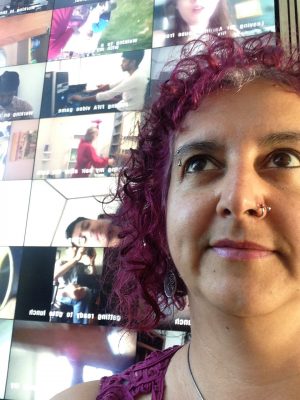 Maya Chowdhry – Soil voicemails and other trans-species calls
Maya Chowdhry – Soil voicemails and other trans-species calls
Poet, artist and transmedia activist Maya Chowdhry creates immersive and democratic experiences for participants, interrogating issues such as climate change, seed sovereignty and food justice.
Her award-winning work includes Butterfly Orchid (2017), Tales from the Towpath, an immersive story for Manchester Literature Festival, which was shortlisted for the International New Media Writing Prize (2014), and What’s Eating Reality, an immersive live dining experience commissioned by Lancaster Arts for the Nuffield Theatre.
She is currently working on an inter-disciplinary citizen science project with the National Oceanography Centre.
Will Self – The Phone and Phone Booth Assemblage Considered as Mise en Abyme
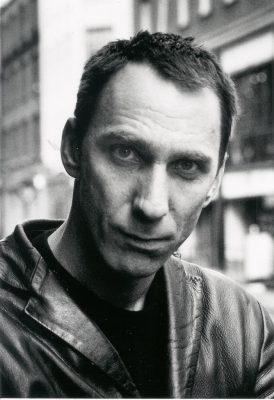
Will Self is an award-winning British novelist, journalist and broadcaster. His books include the trilogy Umbrella (2012), Shark (2014) and Phone (2017), which explore the dialectical relationship between technology, war and psychopathology in the industrial and post-industrial eras.
His most recent book is the memoir Will and he holds the Chair in Contemporary Thought at Brunel University.
From early telephones to today’s digital telephony, we care for 2,500 items related to the telephone, some items of international significance. These can be explored through our online collection.
You can see the specific objects which inspired the artworks on display in our Information Age gallery at the Science Museum.
The Exchange is part of Crossed Lines: Literature and Telephony, a project led by Dr Sarah Jackson and funded by the Arts and Humanities Research Council, in partnership with BT Heritage & Archives, the Science Museum Group and Nottingham Trent University.
